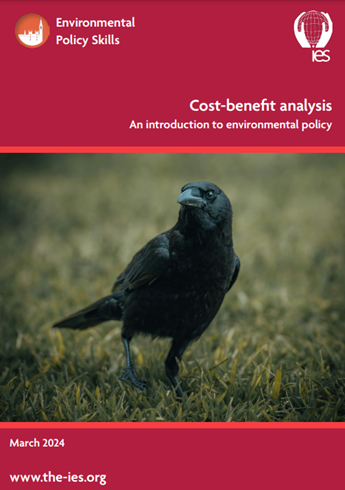 Cost-Benefit Analysis: An introduction to environmental policy
Cost-Benefit Analysis: An introduction to environmental policy
Effective engagement with environmental policy relies on building strong relationships with decision makers. Those relationships are at their best when both parties feel that they are gaining something beneficial. In that context, environmental scientists often bring evidence to discussions, building relationships by presenting decision makers with clear and useful evidence.
Where different decision makers have different values or priorities, having a diversity of tools and techniques allows for tailored approaches to engagement. Influential engagement often focuses on the decision maker as an individual, addressing their concerns directly and speaking to them ‘in their own language’.
Cost-benefit analysis is one of the tools which can support influential engagement. The IPBES Values Assessment revealed the extent to which policy makers’ values are often linked to economics, resources, and financial value, so cost-benefit analysis can be particularly useful for speaking ‘in the language’ of policy makers who are often resource constrained and under pressure to make financially-optimal decisions.
This is a briefing paper for IES members, providing a short introduction to cost-benefit analysis as a tool for engaging in environmental policy decisions. It outlines how to use cost-benefit analysis to better understand policies and their potential impact, as well as how to use cost-benefit analysis as a tool for policy influencing. It focuses on cost-benefit analysis as a policy tool, rather than other applications of cost-benefit analysis models.
